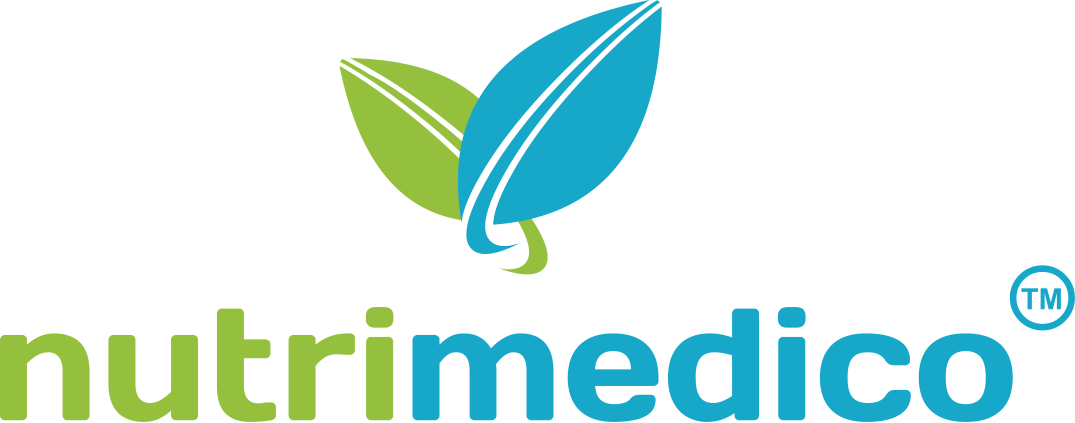Orchestrators like Kubernetes handle lifecycles, facilitate service discovery, and preserve high availability. They enable containers to perform in live performance, which is crucial for microservices architectures where cloud-native functions encompass quite a few interdependent parts. It supports all flavors of Kubernetes, including managed services and your individual self-hosted clusters. Container orchestration allows organizations to scale container deployments effortlessly based on evolving workload calls for container orchestration technologies.
- Container orchestration is usually a crucial a half of an organization’s approach to SOAR (security orchestration, automation and response).
- As we found in our Kubernetes in the Wild research, 63% of organizations are using Kubernetes for auxiliary infrastructure-related workloads versus 37% for application-only workloads.
- This blog post explores the world of container orchestration instruments past Kubernetes, highlighting cloud supplier tools and open-source alternatives that promise to redefine how we deploy and manage functions.
- When the world of container expertise is continually evolving, staying alert and educated is the key to ensuring sturdy, long-term safety.
- The container orchestration system also requires less time and human capital to handle than guide deployments, saving even more.
What Is Container Orchestration?
It contains the process of deployment, scaling, and administration such that automation can drive the tools to adjust to modifications in scale and complexity, enabling proper functioning in an efficient and constant method. Container-based methods are designed for fast deployment due to their modular design and simply repeatable building blocks. Container orchestration gives large complex organizations a way and framework for deployments. A container, usually called an software container, is a transportable unit of software program that sometimes provides a microservice and operates in an environment with other containers. It might use resources from a host Product Operating Model, nevertheless it usually operates unbiased of the host operating system and can be used on any platform.
Container Orchestration Instruments & Platforms
Container orchestration permits organizations to streamline the life cycle course of and manage it at scale. Developers can even automate most of the duties required to deploy and scale containerized purposes by way of the usage of container orchestration instruments. This signifies that Kubernetes(K8s) manages applications that are made up of tons of of containers in several environments like virtual, physical and hybrid. Container orchestration instruments handle the challenges of managing large-scale, containerized purposes by automating deployment, scaling, and management tasks. They allow organizations to deploy extra reliable, scalable, and efficient functions, making them indispensable to trendy cloud-native software development and deployment methods.
Why Do Containers Need Orchestration?
You can create customers, roles, and projects as quickly as, then use them throughout all your clusters. It offers a single dashboard for monitoring your environments, regardless of the cloud platform that hosts them. Here’s a list of some of the best container orchestration instruments you presumably can select in no explicit order. While it’s easy to create and deploy a single container, assembling multiple containers into a big application like a database or net app is a method more sophisticated course of. Container deployment — connecting, managing and scaling hundreds or thousands of containers per utility right into a functioning unit — merely isn’t possible with out automation.
Container orchestration uses CPU masses and file path analysis to assist steadiness loads and route requests and commands, optimizing capabilities of hardware and networks. The Kubernetes management aircraft comprises a number of elements — the etcd, the API server, the scheduler, and the controller-manager. Kustomize and Helm additionally work nice with Spacelift, and by taking benefit of our intensive selection of insurance policies, you can simply automate compliance checks. Google Kubernetes Engine (GKE) features a hands-off “Autopilot” mode which automates each part of your Kubernetes infrastructure.
In container orchestration methods like Kubernetes, secrets and techniques are stored separately from the container pictures and runtimes, ensuring that delicate data isn’t uncovered during the construct course of or in public repositories. These secrets are then injected into containers at runtime as wanted, lowering the risk of accidental exposure. Proper secrets management systems additionally encrypt the info each at rest and in transit, including a layer of safety. Container orchestration, while streamlining deployment and administration of containers, brings particular security risks that must be addressed. The misconfigurations, inadequate entry controls and vulnerabilities inside container photographs can expose techniques to threats.
The service is out there in 15 locations worldwide, including within the US, Europe, and Asia. Container orchestration is a software program resolution that helps you deploy, scale and handle your container infrastructure. It lets you easily deploy purposes across a quantity of containers by fixing the challenges of managing containers individually.
Kubernetes lets you store and manage delicate information, similar to passwords, OAuth tokens, and SSH keys. You can deploy and update secrets and software configuration without having to rebuild your container photographs, and without leaving your secrets and techniques exposed and weak to security dangers. Container orchestration is slowly changing into the development of the day and Kubernetes is leading the chain. We cannot talk about Container Orchestration(Kubernetes and its fundamentals) without a fundamental understanding of containerized providers.
You can integrate Middleware with any (open supply & paid) container orchestration device and use its Infrastructure monitoring capabilities to offer you complete analytics about your application’s health and status. Kubernetes is an open-source container orchestration system that permits you to handle your containers across multiple hosts in a cluster. It is written within the Go language by Google engineers who’ve been working on it since 2013 once they launched the primary version (v1).

In considered one of my weblog posts, I launched containerised platforms and how the idea of containers are launched. Smaller initiatives or easy purposes would possibly discover a device like Docker Swarm adequate due to its simpler approach and easier management. Kubernetes, Docker Swarm, and Apache Mesos went through the so-called “container orchestration war” during the early and mid-2010s. The race was on to find out which platform would become the industry standard for managing containers. K8s “won” on the 29th of November 2017 when AWS introduced their Elastic Container Service for Kubernetes.
Kubernetes continues to be a preferred selection amongst builders being open-source platform of extensive instruments that gives flexibility and ease of use by enhancing workflows and maximizing productivity. The platform additionally offers a large library of functionalities developed by communities all over the world, giving it unmatched microservice management capabilities. As a result, plenty of managed out-of-the-box orchestration solutions are developed based on the Kubernetes.
Containers behave the same way regardless of the specific Linux OS or configuration that hosts them. All of the mainstream container runtimes have had their share of great security vulnerabilities. They all do the identical thing – run containers – but they do it in barely alternative ways.

With a quantity of launch channels providing completely different node improve cadences, GKE makes it easier to streamline operations primarily based on utility needs. Through its enterprise-ready, prebuilt deployment templates GKE enables enhanced developer productiveness throughout multiple layers of a DevOps workflow. When you use a container orchestration tool, corresponding to Kubernetes, you’ll describe the configuration of an application using both a YAML or JSON file. The configuration file tells the configuration administration software where to search out the container pictures, tips on how to establish a network, and the place to retailer logs. They help DevOps rules by automating deployments, fostering scalable and adaptable architectures, and enhancing collaboration between development and operations groups.
Transform Your Business With AI Software Development Solutions https://www.globalcloudteam.com/ — be successful, be the first!

Recent Comments